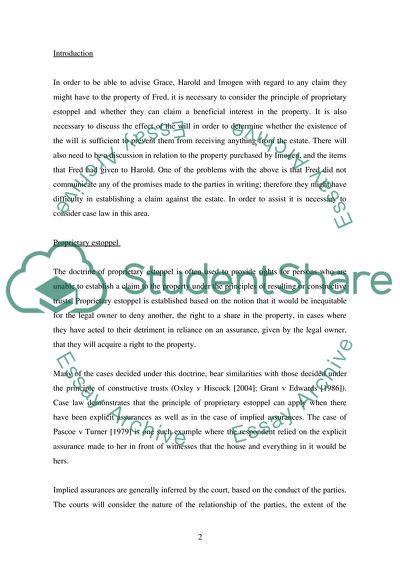Cite this document
(What Is the Idea of the Doctrine of Proprietary Estoppel Case Study, n.d.)
What Is the Idea of the Doctrine of Proprietary Estoppel Case Study. Retrieved from https://studentshare.org/law/1721409-property-coursework
What Is the Idea of the Doctrine of Proprietary Estoppel Case Study. Retrieved from https://studentshare.org/law/1721409-property-coursework
(What Is the Idea of the Doctrine of Proprietary Estoppel Case Study)
What Is the Idea of the Doctrine of Proprietary Estoppel Case Study. https://studentshare.org/law/1721409-property-coursework.
What Is the Idea of the Doctrine of Proprietary Estoppel Case Study. https://studentshare.org/law/1721409-property-coursework.
“What Is the Idea of the Doctrine of Proprietary Estoppel Case Study”, n.d. https://studentshare.org/law/1721409-property-coursework.


